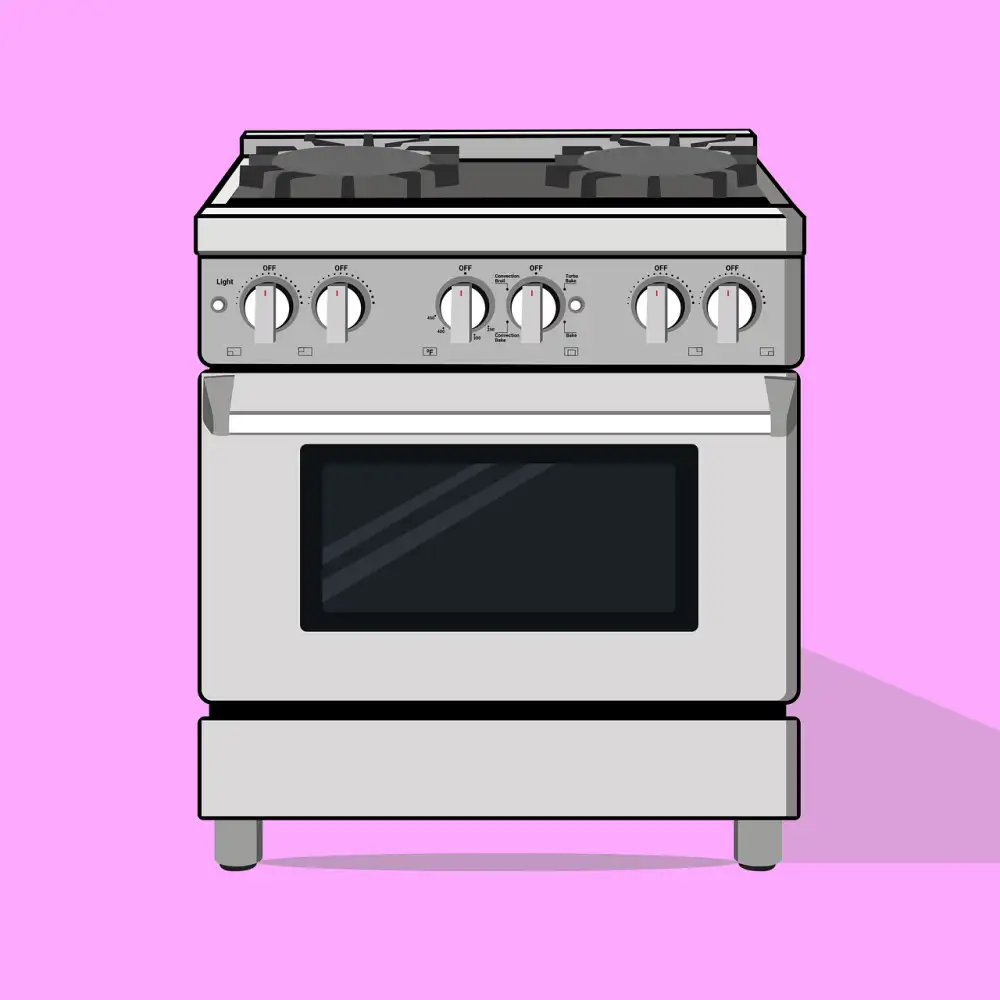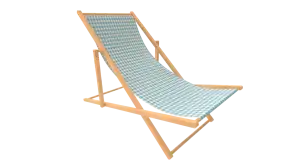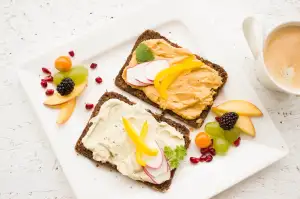Mastering the Art of Cooking: A Step-by-Step Guide on How to Use a Convection Oven at Home

Convection ovens have revolutionized the way we cook, providing faster and more even cooking results. Unlike traditional ovens, which rely on radiant heat, convection ovens use a fan to circulate hot air, ensuring that food is cooked evenly from all sides. This not only reduces cooking time but also enhances flavors and textures. Whether you're a seasoned chef or a novice in the kitchen, mastering the art of cooking with a convection oven will open up a world of culinary possibilities. In this guide, we will walk you through the basics of convection cooking and provide step-by-step instructions on how to make the most out of your convection oven at home. Get ready to elevate your cooking game and impress your taste buds!
Understanding the Basics of Convection Cooking
Convection cooking is a method that utilizes the circulation of hot air to cook food more evenly and efficiently. Unlike traditional ovens, which rely on radiant heat, convection ovens have a fan that circulates the hot air throughout the oven cavity.
The circulating air in a convection oven helps to distribute heat more evenly, resulting in faster cooking times and more consistent results. This means that you can achieve perfectly cooked dishes with crispy exteriors and moist interiors.
By using convection cooking, you can also reduce cooking time by up to 25%. The constant movement of hot air around the food allows for faster heat transfer, ensuring that your meals are ready in less time.
It's important to note that when using a convection oven, you may need to adjust recipes and cooking times. The increased airflow can cause food to cook faster than in a conventional oven. It's recommended to reduce the temperature by about 25 degrees Fahrenheit and shorten the cooking time by about 10-15% when using the convection setting.
Overall, understanding the basics of convection cooking will allow you to make the most out of your convection oven and achieve delicious results every time.
Preheating Your Convection Oven
Preheating your convection oven is an essential step to ensure even cooking and optimal results. Unlike traditional ovens, convection ovens rely on the circulation of hot air to cook food faster and more evenly. To preheat your convection oven, simply set the desired temperature and allow it to heat up for about 10-15 minutes. This will ensure that the oven reaches the desired temperature and that the hot air is evenly distributed throughout. Preheating is especially important for baking delicate pastries and cakes, as it helps them rise properly and develop a golden crust. So remember, always preheat your convection oven before starting any cooking or baking process for delicious and consistent results.
Adjusting Cooking Time and Temperature
One of the key benefits of using a convection oven is its ability to cook food faster and more evenly. However, this also means that you need to make adjustments to the cooking time and temperature compared to traditional ovens.
When using a convection oven, it is recommended to reduce the cooking time by about 25%. This is because the hot air circulation in the oven helps to speed up the cooking process. For example, if a recipe calls for baking at 350°F for 30 minutes in a conventional oven, you would need to reduce the cooking time to around 22-23 minutes in a convection oven.
In addition to adjusting the cooking time, you may also need to lower the temperature slightly when using a convection oven. It is generally recommended to decrease the temperature by about 25°F compared to what is specified in your recipe. This adjustment ensures that your food cooks evenly without becoming overcooked or burnt on the outside.
It's important to note that these adjustments may vary depending on your specific convection oven model. It's always best to consult your appliance's user manual for specific guidelines on adjusting cooking times and temperatures.
By making these simple adjustments, you can ensure that your food cooks perfectly every time with your convection oven. So don't be afraid to experiment and try new recipes knowing that you have mastered the art of adjusting cooking time and temperature with your convection oven.
Using the Convection Setting for Baking
One of the great advantages of a convection oven is its ability to bake foods evenly and quickly. When using the convection setting for baking, there are a few key things to keep in mind. First, always preheat your oven to the desired temperature before placing your baked goods inside. This ensures that the oven is at the optimal temperature for even cooking.
Next, you may need to adjust the cooking time and temperature when using the convection setting. Convection ovens circulate hot air, which can result in faster cooking times compared to traditional ovens. As a general rule, reduce the baking time by 25% and lower the temperature by about 25 degrees Fahrenheit when using convection.
When placing your baked goods in the oven, make sure to leave enough space between them for proper air circulation. This allows for even browning and prevents any potential unevenness in cooking.
Lastly, keep an eye on your baked goods as they cook. The circulating hot air can cause foods to brown more quickly than expected. To prevent over-browning or burning, it's important to monitor their progress and adjust accordingly.
By following these tips, you can harness the power of a convection oven for perfectly baked goods every time. Enjoy deliciously golden crusts on breads and pastries or evenly cooked cakes with ease. With practice and experimentation, you'll soon become a master at baking with your convection oven!
Roasting and Broiling with a Convection Oven
Roasting and broiling are two popular cooking methods that can be easily mastered with a convection oven. When roasting, the convection setting ensures even heat distribution, resulting in perfectly cooked meats and vegetables. To roast, simply place your food on a baking sheet or roasting pan and set the temperature according to your recipe. The convection oven will circulate hot air around the food, creating a crispy exterior and juicy interior.
Broiling is another technique that benefits from the convection setting. It involves cooking food directly under high heat to achieve a caramelized crust. To broil in a convection oven, place your food on a broiler pan or rack positioned close to the heating element. Set the temperature to broil and monitor closely to prevent burning.
Remember to adjust the cooking time when using the convection setting for roasting or broiling. The circulating hot air cooks food faster than traditional ovens, so it's important to keep an eye on your dish to avoid overcooking.
With practice, you'll become adept at roasting succulent meats and achieving perfectly charred toppings using your convection oven's versatile features.
Tips for Properly Using Your Convection Oven
1. Use the right cookware: Opt for shallow, light-colored pans that allow heat to circulate evenly. Avoid using dark or glass cookware, as they can absorb and retain too much heat.
2. Arrange food properly: Leave enough space between dishes to ensure proper air circulation. This will help prevent uneven cooking and ensure that each dish cooks evenly.
3. Reduce cooking time: Since convection ovens cook food faster than traditional ovens, reduce the cooking time by about 25%. Keep a close eye on your dishes to avoid overcooking.
4. Lower the temperature: Lowering the temperature by about 25 degrees Fahrenheit compared to what a recipe calls for in a conventional oven is recommended when using a convection oven.
5. Monitor your food: Due to the powerful airflow in a convection oven, it's important to check on your food regularly to prevent burning or drying out. Use an oven thermometer to ensure accurate temperatures.
6. Rotate and flip: To promote even browning, rotate baking sheets and flip items halfway through cooking. This will help achieve consistent results with all of your dishes.
7. Avoid overcrowding: Overcrowding the oven can hinder proper airflow and result in unevenly cooked food. Cook in multiple batches if necessary or use multiple racks for optimal results.
8. Shield delicate foods: If you're cooking delicate items like cakes or pastries, consider using aluminum foil or parchment paper to shield them from direct heat and prevent excessive browning.
By following these tips, you'll be able to make the most of your convection oven and enjoy perfectly cooked meals every time!
Cleaning and Maintenance of Your Convection Oven
Cleaning and maintaining your convection oven is essential for its longevity and optimal performance. After each use, allow the oven to cool down before cleaning. Remove any food debris or spills using a damp cloth or sponge. For stubborn stains, use a mild detergent or oven cleaner, following the manufacturer's instructions. Avoid using abrasive cleaners that could damage the oven's interior. Regularly clean the oven racks and trays with warm soapy water. To prevent odors, wipe down the interior walls and door seal regularly. Lastly, don't forget to clean the ventilation system and filters to ensure proper airflow. By following these simple cleaning and maintenance steps, you can enjoy cooking with your convection oven for years to come.
In conclusion, mastering the art of cooking with a convection oven can elevate your culinary skills to new heights. By understanding the basics of convection cooking and following the proper techniques, you can achieve delicious and evenly cooked meals every time. Remember to preheat your oven, adjust cooking time and temperature accordingly, and utilize the convection setting for baking, roasting, and broiling. With a few tips for properly using your convection oven and regular cleaning and maintenance, you can enjoy the benefits of this powerful kitchen appliance for years to come. So go ahead, unleash your creativity in the kitchen, and create mouthwatering dishes that will impress family and friends alike. Happy cooking!
Published: 13. 12. 2023
Category: Home



